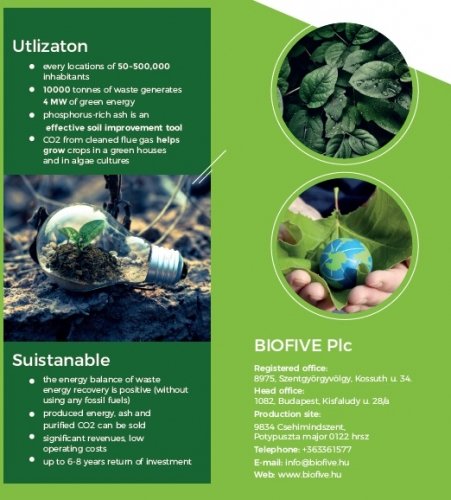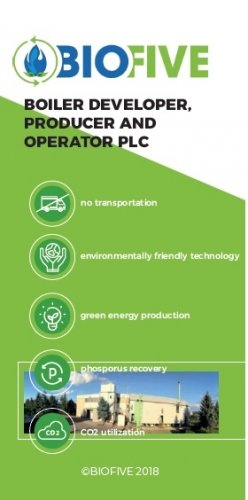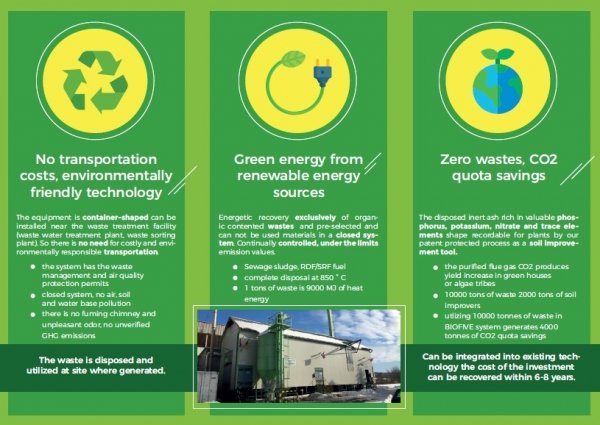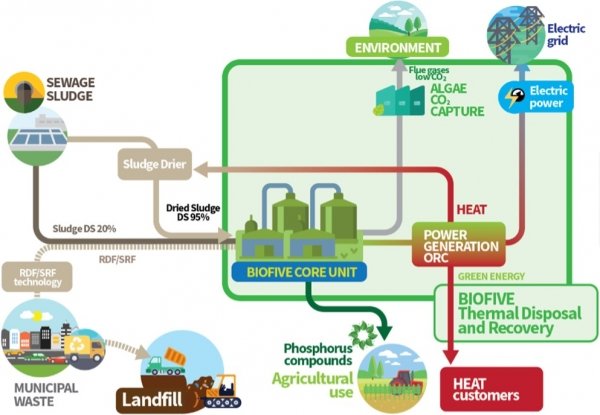INTRODUCTION
 Hungary spent HUF 1,576 billion in waste water treatment investments over the past 25 years. From the European Union comes $ 836 billion (source: Ministry of the Interior). It is well known that the network water consumption charge is approx. 40-60% of the waste water treatment fee, since the investment must be operated, the clean water costs!
Hungary spent HUF 1,576 billion in waste water treatment investments over the past 25 years. From the European Union comes $ 836 billion (source: Ministry of the Interior). It is well known that the network water consumption charge is approx. 40-60% of the waste water treatment fee, since the investment must be operated, the clean water costs!
Contaminated sewage sludge disposal technology is usually left out of sewage treatment because of cost savings, although sludge has many pathogens that live and grow. Composting is not a disposal, although it is the supreme recommendation of the Sewage Sludge Strategy adopted, as it is uncontrolled, 1/3 is airborne (eg ammonia, methane, carbon monoxide and carbon dioxide), eventually contaminating the environment.
The purpose of the wastewater treatment process is to produce pure water. The residue is sewage sludge, as it is "precipitated" from sewage so it becomes unviable for females. Due to the high concentrations of the useful elements, the soil and water courses are burdened.
Heavy metals in public sewage sludge in Budapest (public interest data) are around the Hungarian regulatory limit! Slovenia's allowed thresholds, this thirty part! Within the European Union, two neighboring countries have a significantly different limit on heavy metal content (eg cadmium, mercury and lead) in the same river basin, which is inappropriate EU regulation!
The procedure developed by BIOFIVE and in the possession of the required permits is a closed system and there is no uncontrolled release. During the thermal disposal, sewage sludge is disposed of at the place of production. It uses the green energy released. The remaining materials (heavy metal exempted ashes), which are intended for use as crops (phosphorus pentoxide), would like to sell purified flue gas (CO2) in greenhouses and algae cultures.
For energy efficiency and economical operation BIOFIVE experiments with RDF / SRF fuel.



